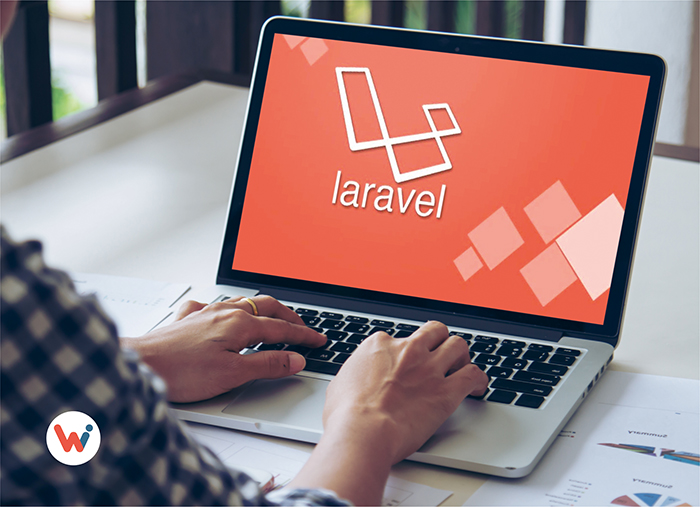Module 1: Introduction to Web Development with Laravel
- Overview of Web Technologies:
- Introduction to HTML, CSS, JavaScript, and PHP
- Role of frameworks in web development
- Introduction to Laravel framework
- Setting up Laravel Environment:
- Installing Laravel using Composer
- Setting up a local development environment (XAMPP/WAMP/LAMP, Homestead, Laravel Sail)
- Overview of Laravel’s directory structure
- Introduction to Artisan CLI (Command Line Interface)
Module 2: Basics of Laravel Framework
- Routing and Controllers:
- Understanding Laravel routing
- Defining routes using
web.php - Creating and handling controllers
- Route parameters and constraints
- Views and Blade Templating Engine:
- Introduction to Blade templating
- Passing data from controllers to views
- Blade syntax (variables, conditionals, loops)
- Layouts and components in Blade
- Basic CRUD Operations:
- Creating basic routes and views for Create, Read, Update, Delete (CRUD)
- Using
Route::resourcefor resourceful routing
Module 3: Laravel Eloquent ORM & Database
- Introduction to Laravel Eloquent ORM:
- What is Eloquent ORM and why use it?
- Basic Eloquent syntax for working with models and databases
- Retrieving data (find, all, where, etc.)
- Inserting and updating records using Eloquent
- Database Migrations:
- Understanding migrations for database version control
- Creating and running migrations
- Rolling back migrations
- Eloquent Relationships:
- One-to-One, One-to-Many, Many-to-Many relationships
- Eager loading to optimize database queries
- Polymorphic relationships
Module 4: Advanced Laravel Features
- Form Handling and Validation:
- Creating and handling forms in Laravel
- Validating form data (validation rules, custom validation)
- Redirecting with validation errors
- Authentication & Authorization:
- Built-in authentication system (Login, Register)
- Protecting routes with middleware
- Implementing role-based access control (RBAC)
- File Uploads and Storage:
- Handling file uploads (images, documents)
- Storing files locally and in cloud storage (Amazon S3, etc.)
- Retrieving and displaying files in the application
Module 5: Laravel Middleware & Services
- Middleware:
- What is middleware and how to use it
- Creating custom middleware for specific functionality (e.g., authentication)
- Built-in middleware (auth, guest, etc.)
- Service Providers:
- Understanding service providers in Laravel
- Registering and binding services in the service container
- Using facades and dependency injection
Module 6: Laravel APIs & Web Services
- Building RESTful APIs with Laravel:
- Introduction to REST and API design
- Creating API routes and controllers
- Returning JSON responses
- Implementing API authentication with Laravel Passport or Sanctum
- Using Laravel with Frontend Frameworks:
- Integrating Laravel with frontend frameworks (Vue.js, React)
- Setting up an API and consuming it with a frontend JavaScript framework
Module 7: Laravel Testing and Debugging
- Testing in Laravel:
- Introduction to testing and PHPUnit
- Writing unit tests, feature tests, and browser tests in Laravel
- Mocking and testing database queries
- Debugging and Error Handling:
- Laravel’s built-in debugging tools
- Handling exceptions and custom error pages
- Using Laravel’s
Logfor debugging
Module 8: Laravel Queues & Task Scheduling
- Queues:
- Introduction to queues for background job processing
- Setting up queue drivers (database, Redis, etc.)
- Dispatching and processing jobs
- Using jobs for email sending, file processing, etc.
- Task Scheduling:
- Scheduling periodic tasks using Laravel’s scheduler
- Running scheduled tasks with cron jobs
Module 9: Laravel Deployment & Performance Optimization
- Deploying Laravel Applications:
- Deploying Laravel applications on shared hosting, VPS, or cloud services (AWS, DigitalOcean, Heroku)
- Environment configuration for production (config caching, .env file)
- Managing assets with Laravel Mix (CSS, JS minification, versioning)
- Performance Optimization:
- Caching strategies in Laravel (route caching, query caching)
- Database indexing and optimizing queries
- Using Laravel Telescope for debugging and monitoring



